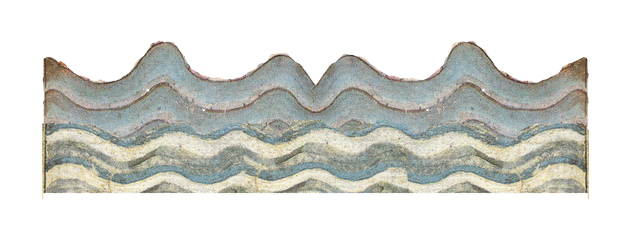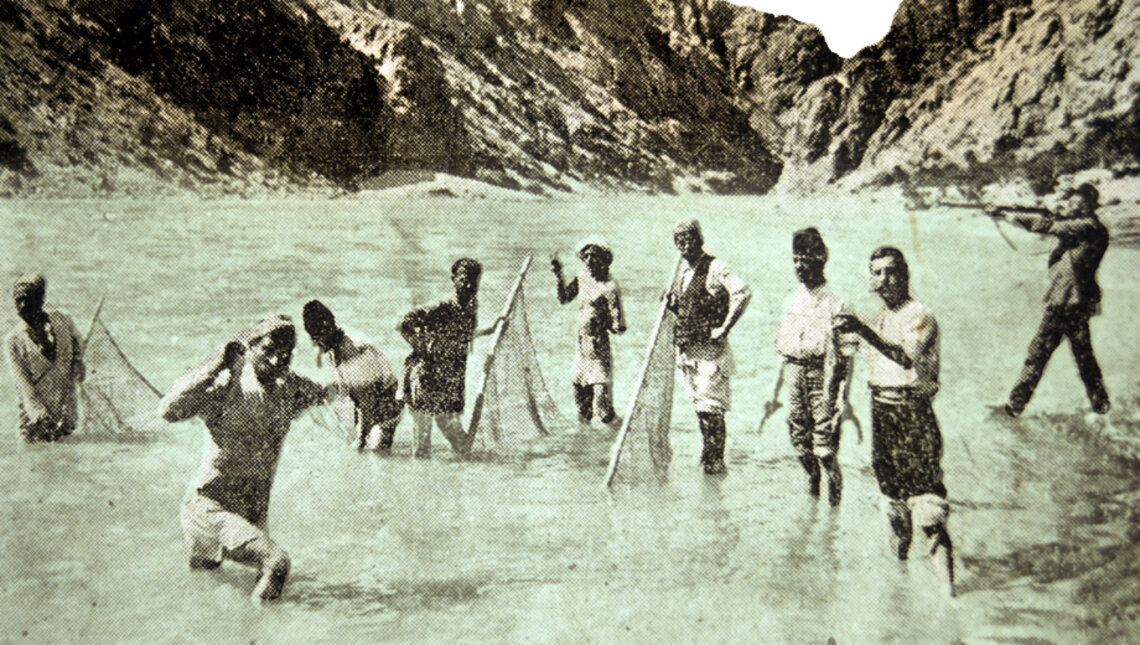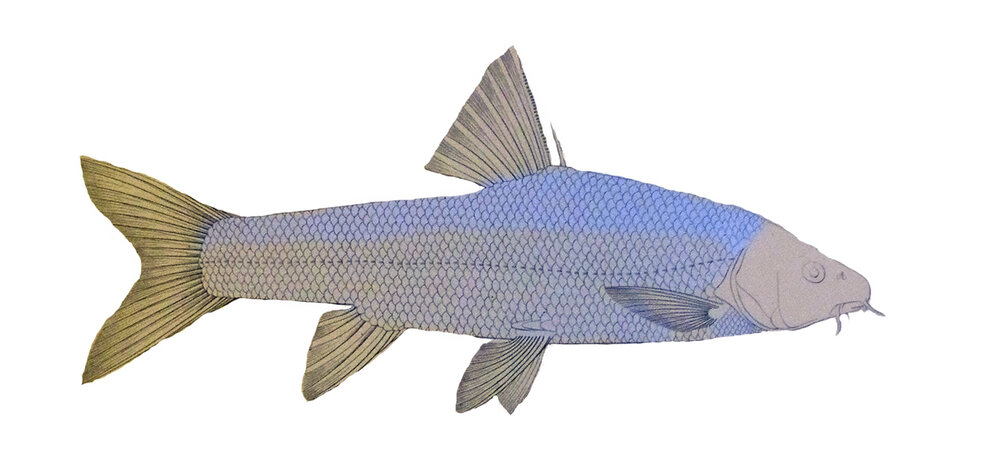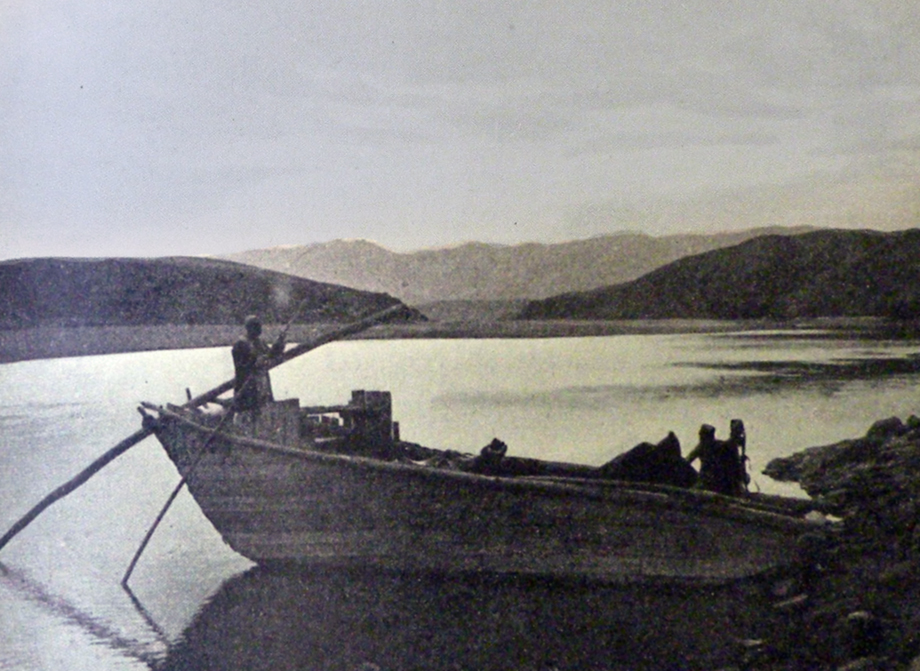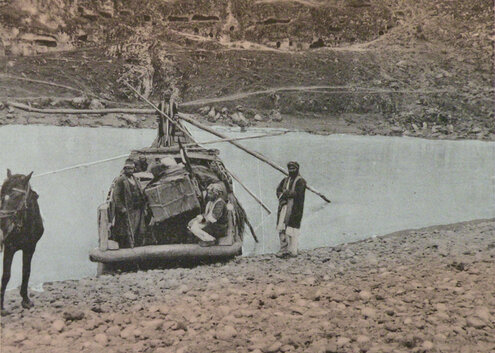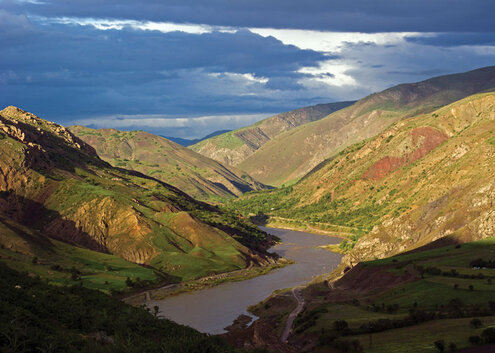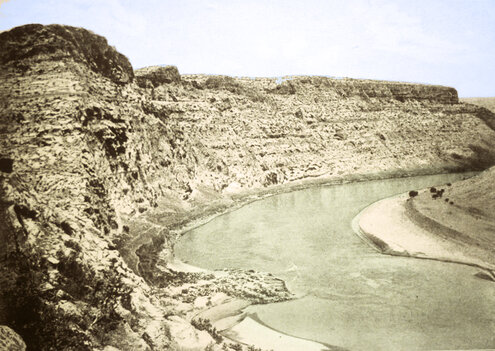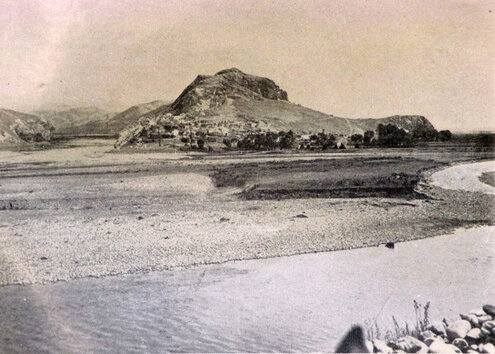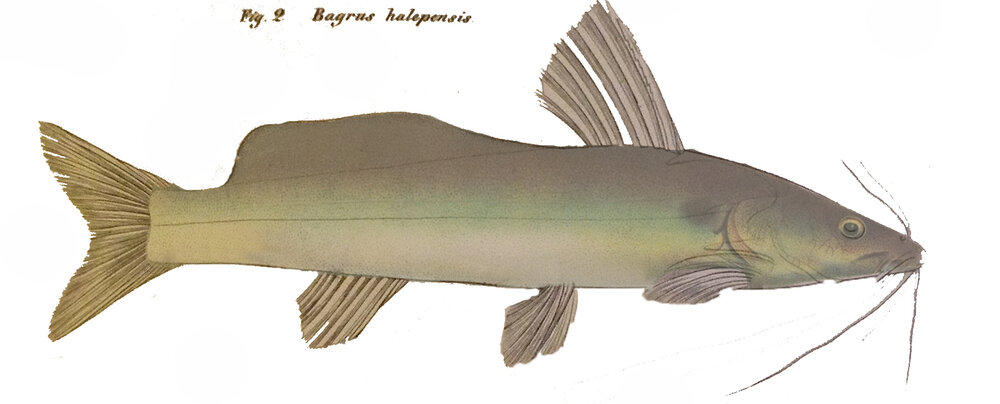Palu - Fishes
18 Jan. 2012 (Last modified 18 Jan. 2012) - Translator: Nayiri Arzoumanian
Types of fish in the Aradzani River (Murat Nehri, Eastern Euphrates) according to Rev. Harutiun Sarkisian
This list is very likely not comprehensive. Rev. Harutiun Sarkisian (Alevor), who was born and raised in the Trkhe (currently Kelikdere) village on the banks of the Aradzani River, prepared the list from memory, far away from his native land. He used to go fishing there, and knew the various types of fish in the river well. The names mentioned below were used by Armenians to identify the fish, and it is likely they are unique to the Palu region.
Tortos
The meat of this fish does not have any bones, except, of course, for its spine and rays. It’s tasty and fatty, but not so easily digestible. Its fins resemble a saw, and can therefore be dangerous. Its dorsal part is blackish, and its abdomen is grey. The head is flat, has “hanging” lips, and a long mustache. The largest type can weigh slightly over 1 kg. [1]
Sandrig
These tiny fish are abundant in the Aradzani. They are flat and bony. The largest doesn’t weigh more than 300 grams.
Moz
This is considered the best fish in the Aradzani. Its external anatomy is beautiful. It’s meaty, does not have a lot of bones, and is tasty and digestible. It’s the most prized fish among fishermen. Its lips hang from its nose. Because of its popularity, the different sizes of Moz have their own names: The smallest is called Makok; the one twice as large is called Zirdik; then comes Baldir; and the largest is Radam. The latter is rarely caught by fishermen. It weighs around 19-20 kg’s. Baldir, on the other hand, can weigh 7-9 kg’s. When these fish fancy a part of the river, they gather there in the hundreds. Rev. Sarkisian recalls how once, fellow villagers from Trkhe caught 45 Baldirs and carried them home, mounted on 4 donkeys. [2]
Khad
The dorsal side of this fish is striped, and the abdominal area is yellowish. Its name is possibly derived from the Armenian word khadudig (dapple). It’s abundant in the Aradzani. It’s tiny, the meat is bony, and its taste is appetizing. The Khad weighs around half a kilogram.
Chor angadj (aganch)
Literally, dry ear. This fish is also abundant in the Aradzani. It is not, however, very popular among fishermen since it is bony and does not taste good. The head, particularly, is not eaten because its ears are dry and sour.
Tirr
Extremely meaty and fatty, this fish is, for those very reasons, slow-moving. Villagers incorporated the name into their daily lexicon, referring to their slow-moving horse, mule, ox, or donkey as a Tirr. It can weigh as much as 20 kg’s.
Shrboot (or shabbot)
This fish is whitish in color. It does not have the usual torpedo shape common to fish; its thickness is the same from the head to the tail fin. It’s very difficult to catch this fish, as it can tear through fishing nets and escape. [3] Its taste is similar to that of the Moz.
Otsatsoog (eel)
Not usually fished in Palu, Sarkisian notes that he cannot provide information about the fish. [4]
- [1] Rev. Harutiun Sarkisian (Alevor), Palu: Its Customs, Educational, and Intellectual State and Dialect (in Armenian), Sahag-Mesrob Press, Cairo, 1932, p. 225.
- [2] ibid., p. 226.
- [3] ibid., p. 227.
- [4] ibid., p. 228.
